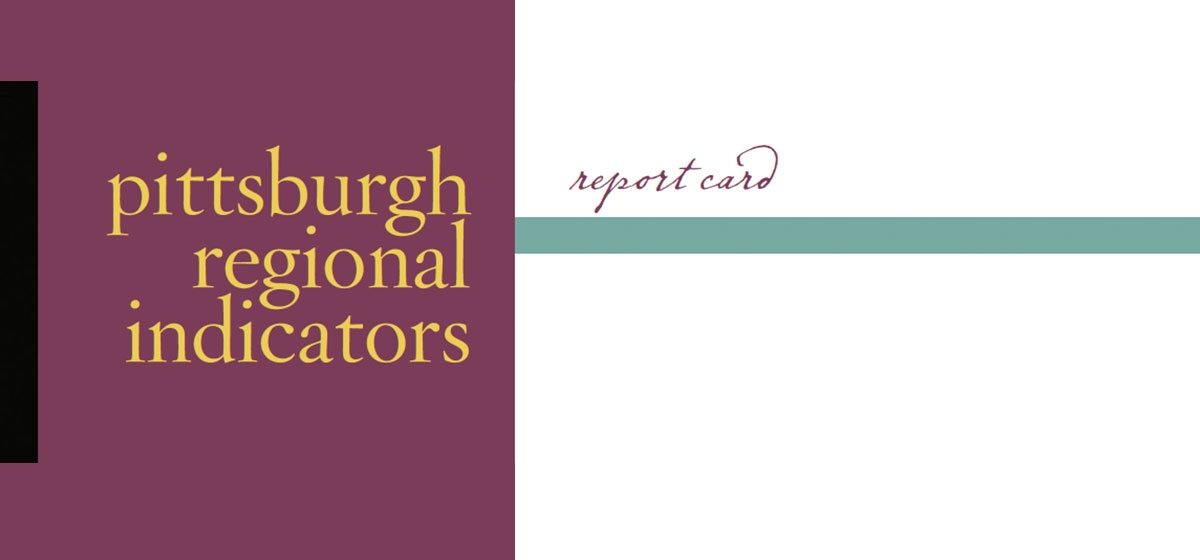Conventional Wisdom of City is Not So Wise

They were by reputation and position an informed group of citizens. All were guests at a November coming-out party of a new consortium promoting “Pittsburgh Regional Indicators.” The question put to them was a simple one: Commuters in which of these cities face the most traffic congestion going to and from work?
St. Louis. Indianapolis. Minneapolis. Pittsburgh. Portland, Ore. The first choice of the 100 or so respondents in the room was Pittsburgh, followed in order by Minneapolis, St. Louis, Portland and Indianapolis. Not only did they have it wrong when it came to Pittsburgh traffic, they had it dead wrong. Pittsburghers experience the least problems with congestion of the five cities (14 lost hours per year), just under one-third of first place Minneapolis (43 hours). They also had it wrong on Indianapolis; it is the second most congested of the five cities (38 hours.)
When it comes to our civic life, as often as not this region is flying blind; citizens and leaders regularly make statements, support initiatives, praise policies and treat as true some items that are distortions of reality or flat-footed inaccuracies. This does not have to be so. The data and computer programs to manipulate it are readily available for anyone interested in what is going on.
Let me offer a few other items about this region that may surprise you. For example, evidence turned up by Rand in a study for the consortium indicates that rates of patient restraint in regional nursing homes are higher than those in all but one other metro area, Detroit, with the result that bed sores are also similarly a problem. Apparently, for all the ballyhoo about the strength of this region’s health-care delivery system, when one takes a close look at a crucial aspect of that system, care of the aged and acutely ill, there are reasons for concern and further investigation. This is not to emphasize the negative but to suggest that the region that is on its toes keeps a sharp eye out for potential trouble.
The conventional wisdom does not have it quite right either in the area of demographics, as in “we are losing our young” and “we are getting older and older.” Neither is correct. In the shortest of shorthand, Pittsburgh in recent years has seen about as many people leave as arrive on a percentage basis. Its experience is very similar to what is occurring in the nation as a whole as well as in other benchmark cities. Where Pittsburgh differs dramatically is in net foreign immigration, where it ranks last among other benchmark cities. It attracts legal immigrants at about a third the rate as the nation. The one positive is that those immigrants Pittsburgh attracts are well educated by most measures. As for being old and getting older, the number of people in the population over 65 today is 408,800, or 20,000 less than 10 years ago. It is not expected to increase for at least another decade.
Enough! Enough! You say. What is the point of these factoids you call indicators? Fair question, but I think I have a fair answer. These facts have utility when they are put in context and bear on a topic of the day, such as the weather report, the batting average and the S&P 500. Reality bites only when the bytes are reliable and can be examined and organized into new patterns.
An excellent case in point is a map that the Pittsburgh Gaming Task Force has been displaying in recent public meetings. It was produced by consultant Alea Advisors of Philadelphia and defines the Pittsburgh gaming market, using concentric circles emanating from the city in 25-mile increments. It shows that there are 2.1 million adults living within 50 miles of Pittsburgh and 3.2 million within 75 miles, the area the consultant describes as reasonable commuting distances for the gaming public.
As the task force has been pointing out, those 3.2 million people compare quite favorably to the potential markets of Kansas City (1.8 million) and St. Louis (2.2 million). In those two areas, four and five casinos have been operating successfully for years. That suggests to the consultant, after a number of ifs, ands and buts, that a Pittsburgh casino is going to do all right if the region is smart in its dealings with potential operators.
Consider the population data when it is organized in a slightly different form. There are 1.2 million adults living in that ring between 50 and 75 miles of the confluence of the Three Rivers. That is a huge community of people that is largely ignored in the public prints and the public debates because many of them are not residents of Pennsylvania. Politicians and letters to the editor writers are preoccupied with that third of the adult population that resides in Allegheny County.
But if you talk to the Pittsburgh Steelers, Howard Hanna, Dollar Bank, the Carnegie Museums, KDKA radio ad salesmen, UPMC and all the many institutions that operate in the “city state of Pittsburgh,” they are aware of this transcendent economic and social market. They see the opportunities it presents and the inhibiting nature of state boundaries, tradition and law when it comes realizing full potential.
The Pittsburgh Regional Indicators project was organized a year ago on two primary assumptions. First, that Pittsburgh is many different places, depending on the topic being discussed. Consider the environment. The watershed is a huge region spread over five states. In air quality, the prevailing winds give pivotal influence to areas to our immediate west. Similarly, the areas of economics, public safety, arts, housing and education all affect our lives and all deal with somewhat different Pittsburghs.
Second, if you are going to describe what is going on in Pittsburgh, you must take it one subject at a time. Keep it simple and make the facts very clear. Also make it deep. Get the people who know the data best to tell you what you should best heed. Certainly, one must be aware of special pleading or the myopia that comes from looking too close at a subject for too many years, but a good indicator system has to make choices.
Yes, this risks the scorn of critics who will complain: “Don’t tell me about congestion, bed sores and foreign immigration. What about racial discrimination? What about outsourcing of jobs? What about property taxes? What about things the people care about?” As legitimate as such criticism is and as important as public opinion is, immediate popular success has its risks. Better to get a few facts right and regularly update them than to over-reach and over-extend with the best of intentions.
Similarly, having expert guidance from people intimately involved in a subject and knowledgeable about it may risk criticism, but experience suggests that, in building public confidence it is the long haul that matters. An information system that is going to be around for a while, one that will be indispensable in the manner of the S&P 500 and Major League batting averages, has to be able to withstand all criticism and ultimately win favor in the marketplace of public opinion because it is attentive to timeliness and accuracy.
It is the consortium’s hope that once the public has a taste of this brand of information it will want more.




